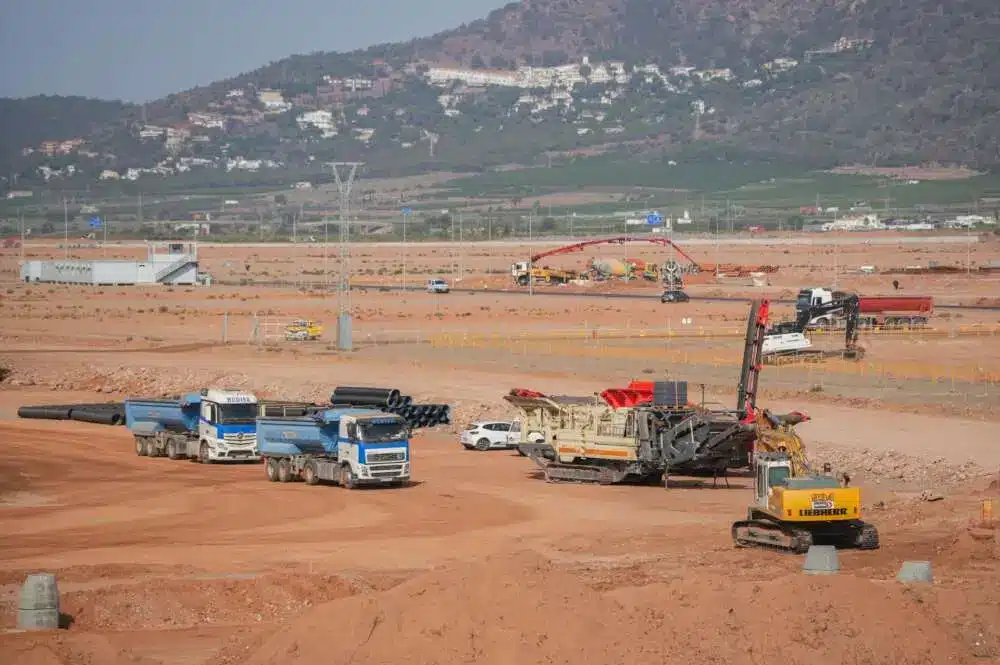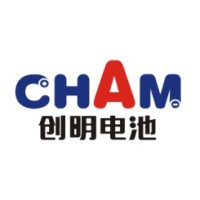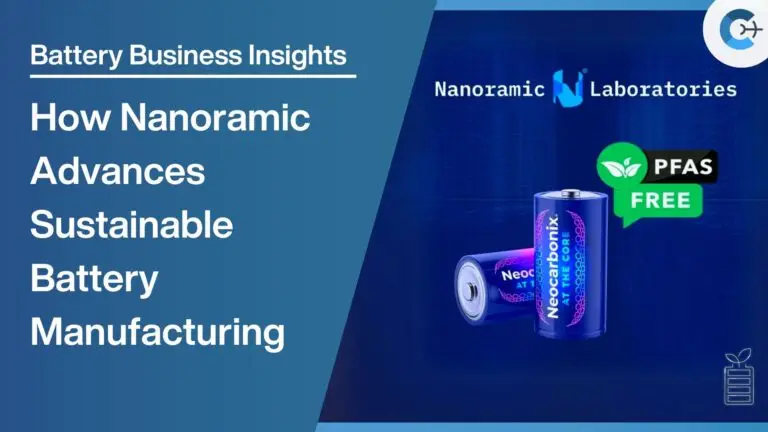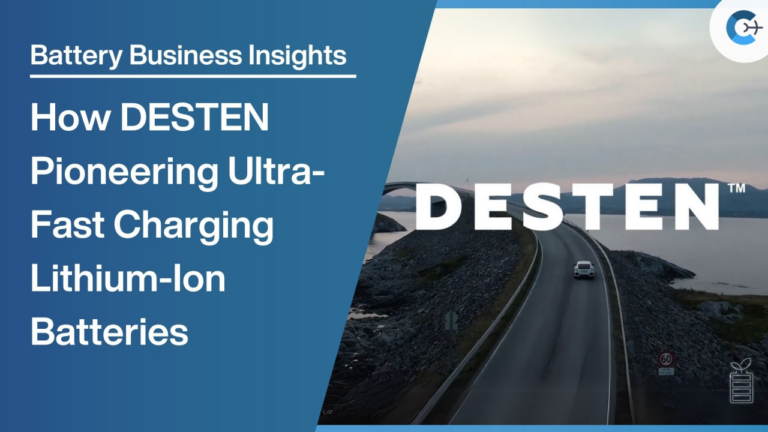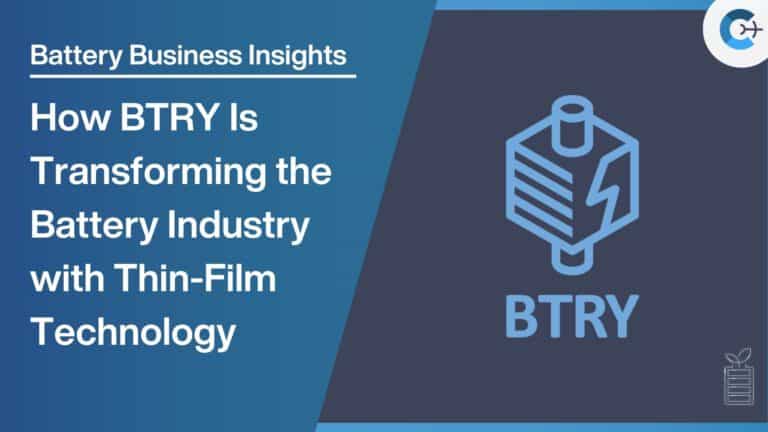Car manufacturer Stellantis is contemplating the construction of an expansive battery complex adjacent to its car plant in Figueruelas near Zaragoza, collaborating closely with the Chinese cell manufacturer CATL. According to Reuters, Stellantis has confirmed that the project would necessitate an investment of nearly €2.5 billion and is anticipated to generate approximately 3,000 jobs. Specific details regarding the intended production capacity remain undisclosed at this time.
The Spanish Ministry of Industry has pledged a €133 million grant from the third round of the PERTE funding program, which will support this ambitious venture. This new commitment elevates the Spanish government’s total aid to Stellantis to nearly €300 million, comprising €272 million in grants and €26 million in loans.
Spanish media outlets have been speculating about the establishment of this cell manufacturing plant for months, noting that Stellantis has been searching for a location for its fourth European battery gigafactory—complementing the three facilities planned by the Automotive Cells Company (ACC) joint venture in France, Germany, and Italy. Spain emerged as the most favorable candidate for this new plant, partly because Stellantis operates three vehicle manufacturing sites in the country: Madrid, Vigo, and Zaragoza. Reports from late November 2023 already hinted at Zaragoza as the preferred location.
Sources indicate that Stellantis and CATL may be planning a joint operation of the battery factory to produce lithium iron phosphate (LFP) cells. This aligns with Stellantis’s official announcement in late November 2023 of a partnership with CATL for LFP batteries in Europe. While ACC involves two other partners, this potential fourth battery factory is reportedly a 50:50 joint venture between Stellantis and CATL, although an official confirmation is pending.
The second battery project, which has received increased support from the Spanish Ministry of Industry, is underway. State subsidies from the PERTE program for PowerCo’s battery factory in Sagunt will rise from €98 million to €152 million.
Volkswagen officially commenced the construction of the battery cell factory near Valencia in the spring of 2023. Managed by Volkswagen’s battery subsidiary, PowerCo, the facility is set to have an initial annual production capacity of 40 gigawatt-hours for the ‘unified cell,’ creating over 3,000 direct jobs when production begins in 2026. At the groundbreaking ceremony, Volkswagen also mentioned possibly expanding the plant’s capacity to 60 GWh. It projected the creation of up to 30,000 indirect jobs among suppliers and partners in Spain. However, it currently appears that such an expansion may no longer be pursued.
The cell factory is being built in Sagunt, near Valencia, on a site covering approximately 130 hectares. According to Volkswagen, the PowerCo facility will be situated adjacent to a planned supplier park, encompassing a total area of 200 hectares. PowerCo intends to power the factory entirely with renewable energy, sourcing electricity from wind power and a 250-hectare solar park being developed nearby. Last year, Volkswagen also announced plans for a closed-loop raw material cycle within the cell factory site, indicating that on-site capacities for recycling and reprocessing will be established.
Since its inception in July 2022, PowerCo has identified three locations for cell factories: Salzgitter in Germany, Valencia in Spain, and St. Thomas in Ontario, Canada. The Valencia plant will fill a critical gap in the supply chain for electric vehicle production, supplying unified cells to vehicle plants in Martorell and Pamplona, among others.
Spain’s Minister of Industry, Jordi Hereu, asserts that both the industry and the public are unified in the belief that the electrification of the automotive sector is an irreversible path: “This is why we are dedicating a large part of the funds to the automotive sector, with the largest industrial program in our history to support the automotive industry.” In this context, the Minister has announced a forthcoming fourth call for funding under the PERTE program, which will be published before the year’s end. According to Hereu, the budget for this new round will amount to €1.25 million.
The third round of PERTE funding (‘Strategic Project for Economic Recovery and Transformation’) is currently in progress. The government has allocated €1.2 billion to PERTE, which has funded the two projects detailed above.
Source: Reuters

